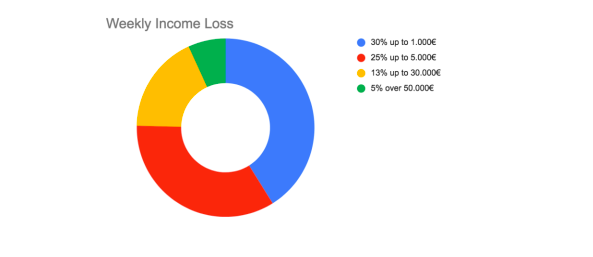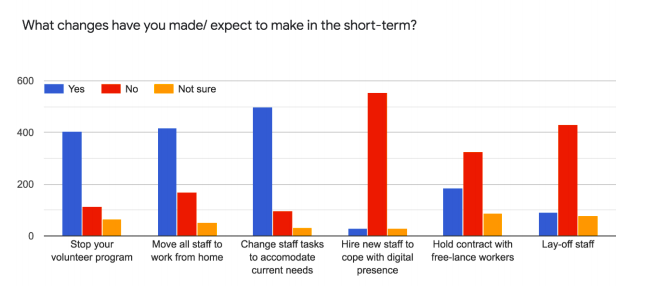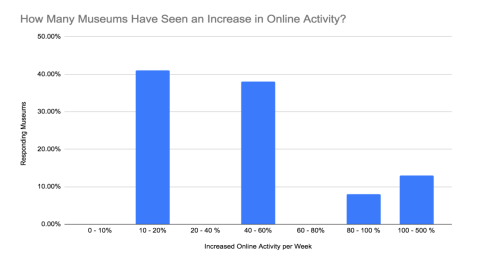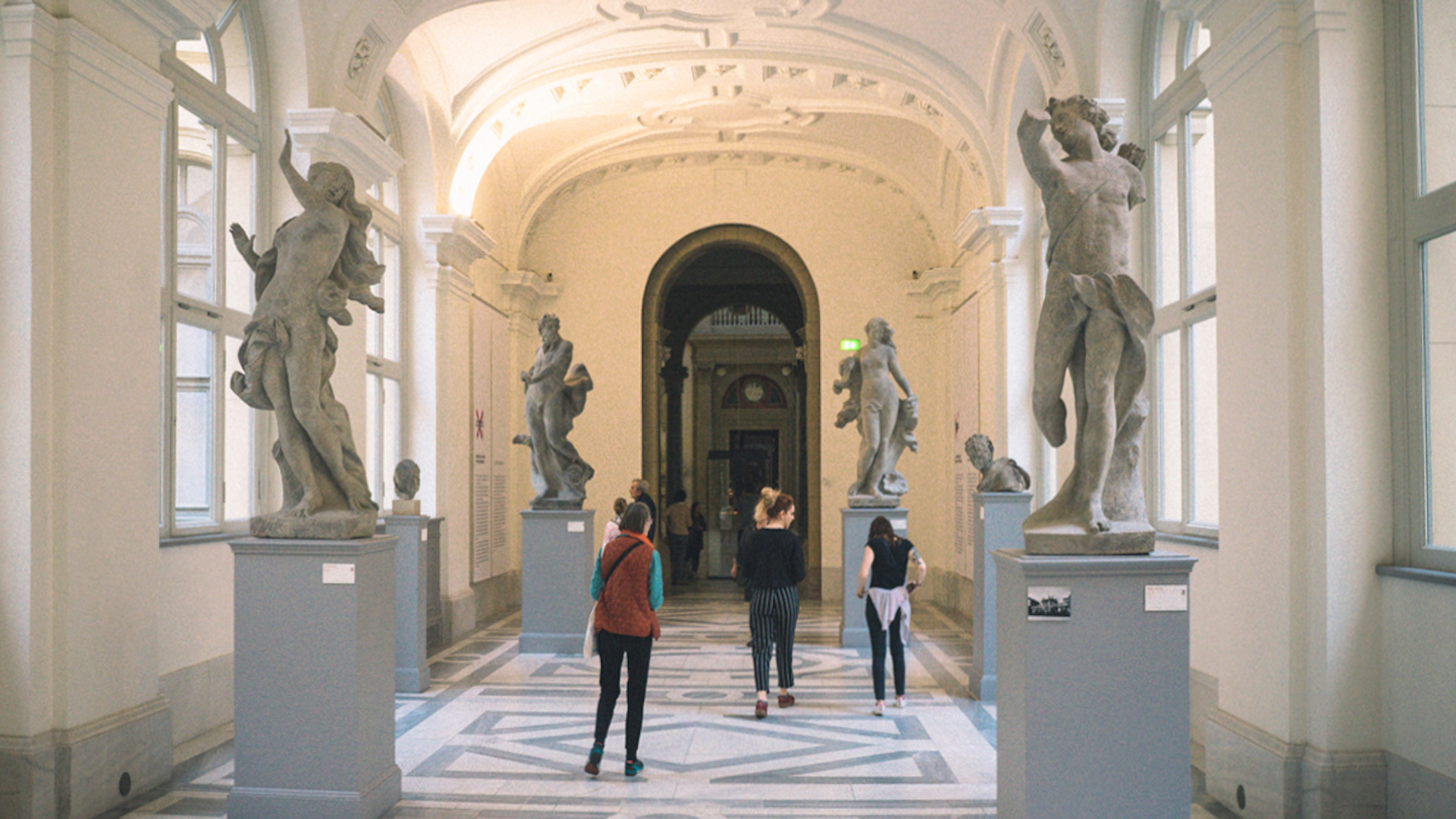Europe’s totemic cultural figures have often excelled in periods of crisis. Shakespeare’s King Lear was first performed in the wake of London’s 1606 plague outbreak. The early 1800s saw Beethoven create celebrated compositions as the Napoleonic Wars raged, and Picasso’s masterpiece Guernica responded directly to fascist violence sweeping 1930s Spain.
Just as individual European artists have reflected upon and adapted to various crises, now, so too must its historic institutions pivot and offer cultural nourishment, as the ongoing coronavirus places the continent on lockdown. “Culture gains importance in uncertain times of crises. It brings us together,” opens a recent report by the Network of European Museum Organizations (NEMO), analyzing the impact of the ongoing coronavirus.
Despite this cultural imperative, the severity of the situation cannot be understated. At present, 95 percent of Europe’s museums are shut, the vast majority of staff—those who retain employment—work remotely, and some of the larger institutions are losing hundreds of thousands of dollars a week.
Jing Travel breaks down NEMO’s “Survey on the impact of the COVID-19 situation on museums in Europe,” in conversation with its Secretary General, Julia Pagel.
Impact on European Museums
With the exception of some institutions in Sweden, Albania, and Austria, European museums are closed with no reopening schedules in sight. The impact of losing revenue previously generated from ticketing, gift shops, cafes, and other services is incumbent on the size and profile of each museum.
The figures are staggering: each week, 30 percent of museums lose up to €1,000 ($1,085), 13 percent lose €30,000, but large museums such as Amsterdam’s Rijksmuseum and Stedelijk museums lose between €100,000 and €600,000. Moreover, museums in touristic regions have reported 75 to 80 percent income losses, damage that will likely continue even after restrictions gradually begin to lift. For public and private museums alike, government support will be essential with NEMO urging “European, national, regional and local bodies to mitigate losses of museums.”

Image: NEMO Corona Survey Results.
If governments are clear about the financial support they will give, museums can plan accordingly. This will also help determine their ability to pivot efforts and expand smart digital engagements as needed while the lockdowns continue and during the transition period once people reenter the world. Pagel compares this to stock market activity, “you do not make an investment, if you don’t trust the future. As long as the situation is still unclear, [digital] actions will be limited.”
Museum Operations
If swift and forthcoming, adequate financial support will allow museums to offer some security to their staff. The vast majority of museums have already placed freelance staff on hold with layoffs of full-time employees expected over the coming months.
One hope is that the situation’s uncertainty will encourage enhanced collaboration and communication between institutions, “museum work – as any other work nowadays – happens in a global context,” says Pagel, “Museums are no islands.”

Image: NEMO Corona Survey Results.
At present, 50 percent of museums relate that more than 80 percent of staff are working from home, with 70 percent of staff changing tasks to accommodate current needs. Given this, it’s essential for museums to gain access to National Corona Emergency Funding is a total crisis is to be averted.
Museum Engagements
Amid the gloom, Pagel finds solace in the unprecedented digital creativity being displayed by European museums, “Museums are normally considered quite slow in their reactions, I think they have been incredibly fast and smart, open and creative in adapting to new realities.”
From wandering Saint Peter’s Basilica through Vatican City’s 360-degree You Visit tour to browsing the Tate Modern’s Staying Inspired At Home initiative, which includes downloadable exhibition guides, the wave of European cultural engagements from esteemed institutions has been impressive. NEMO relates that more than 60 percent of museums have increased their online presence; 40 percent noticing a strong uptick in digital visitation and 13 percent noted an increase of up 500 percent in users per week.

Image: Image: NEMO Corona Survey Results.
Considering merely 42 percent of Europeans visited museums last year, while 82 percent are using the Internet and social media more than even before, Pagel suggests “the current situation brings museums a great opportunity of making new friends digitally.” However, sustained online success will be incumbent on financial support that allows institutions to retain and hire staff with digital expertise and, at present, only 13.4 percent have increased budgets for online activities.
Future
The museum world, as with society at large, is being transformed by the coronavirus. In the short term, NEMO anticipates its follow-up report will reveal further staff cuts, contract terminations with freelancers, and severe financial difficulty for museums. The need, Pagel assesses, to feel and act as a community will become even more important.
Longer term, Pagel worries about the possible end of blockbuster exhibitions that draw millions of visitors and how this will change the fundamentals of cultural life — naturally, at a distance of 6ft. “These questions need to be debated right now,” Pagel says. “It would be a great achievement if we managed to come to a European approach here.”



